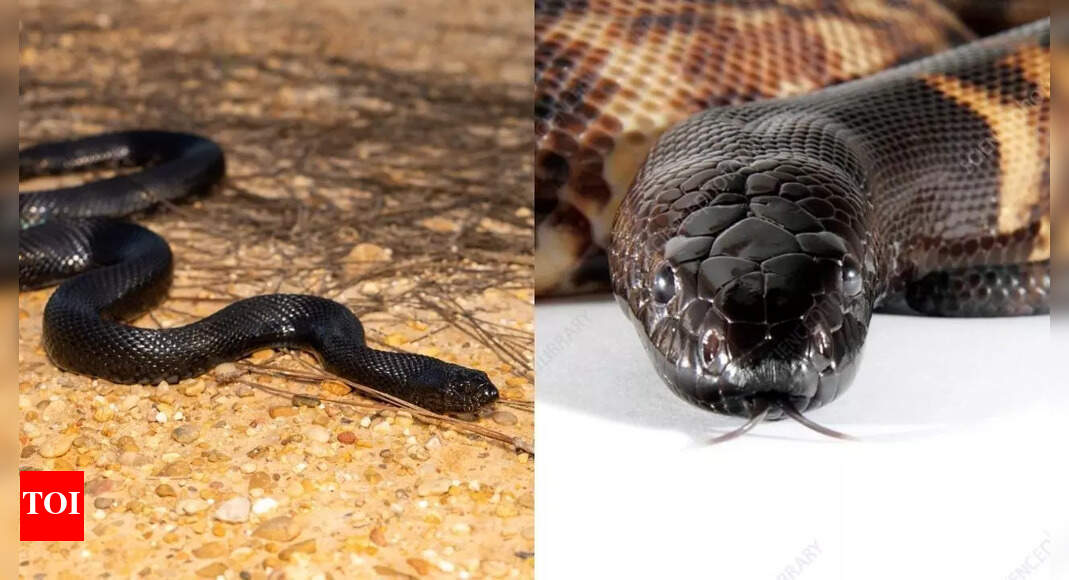Now Reading: From Pythons to Cobras: 10 Striking Black Snakes of the Wild
-
01
From Pythons to Cobras: 10 Striking Black Snakes of the Wild
From Pythons to Cobras: 10 Striking Black Snakes of the Wild

Quick Summary:
- Black snakes represent various species worldwide, showcasing unique adaptations for survival.
- 10 notable black snake species include:
– Black swamp snake (Southeastern US) – small, nocturnal predator in wetlands; harmless to humans.
– Mexican black king snake (Southern US, Northern Mexico) – Constrictor with immunity to venomous snakes; also a popular pet species.
– Eastern indigo snake (Florida and Georgia) – Longest nonvenomous native snake in the US; conservation efforts underway due to habitat loss.
– Black spitting cobra (Southern Africa) – Venom-spitting defense mechanism; prefers retreat over aggression.
– Eastern rat snake (Eastern US) – Natural pest controller with climbing abilities; nicknamed “chicken snake” by farmers for raiding chicken coops.
– Plain-bellied water snake (Southeastern US) – Semi-aquatic predator found in swamps and rivers; crucial role in ecosystem balance.
– Black-headed python (Northern Australia) – Heat-absorbing dark head and nonaggressive temperament toward humans despite large size.
– Southern black racer & Northern black racer (US regions) – Quick-moving predators helping control prey populations like rodents and birds.
– black pine snake (Alabama and Mississippi areas) – Rare burrowing species facing conservation challenges due to its specialized habitat preferences.
- These snakes maintain biodiversity by controlling pests or preying on other animals.
Image collection: Images provided for all the featured snakes via source.
Indian Opinion Analysis:
The article highlights the ecological meaning of diverse black snakes from around the world,underscoring their roles as pest controllers or keystone species that help maintain balance in ecosystems they inhabit despite varied geographic locations ranging from wetlands to deserts.
India can draw parallels from this study regarding its own reptilian diversity-such as cobras and rat snakes-which play similar roles in agricultural systems by controlling pests naturally while contributing significantly to local ecosystems’ health like wetland preservation or forest dynamics across regions like Assam or Kerala where such biodiversity thrives actively competing humans margins always

























